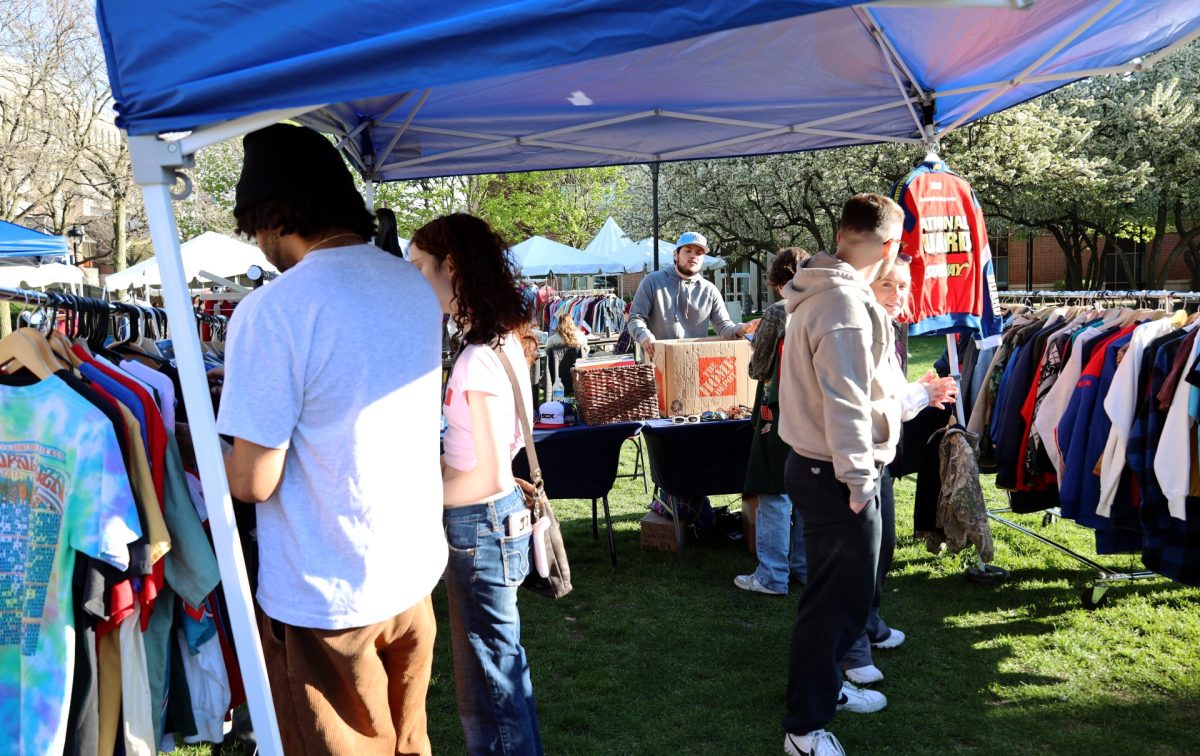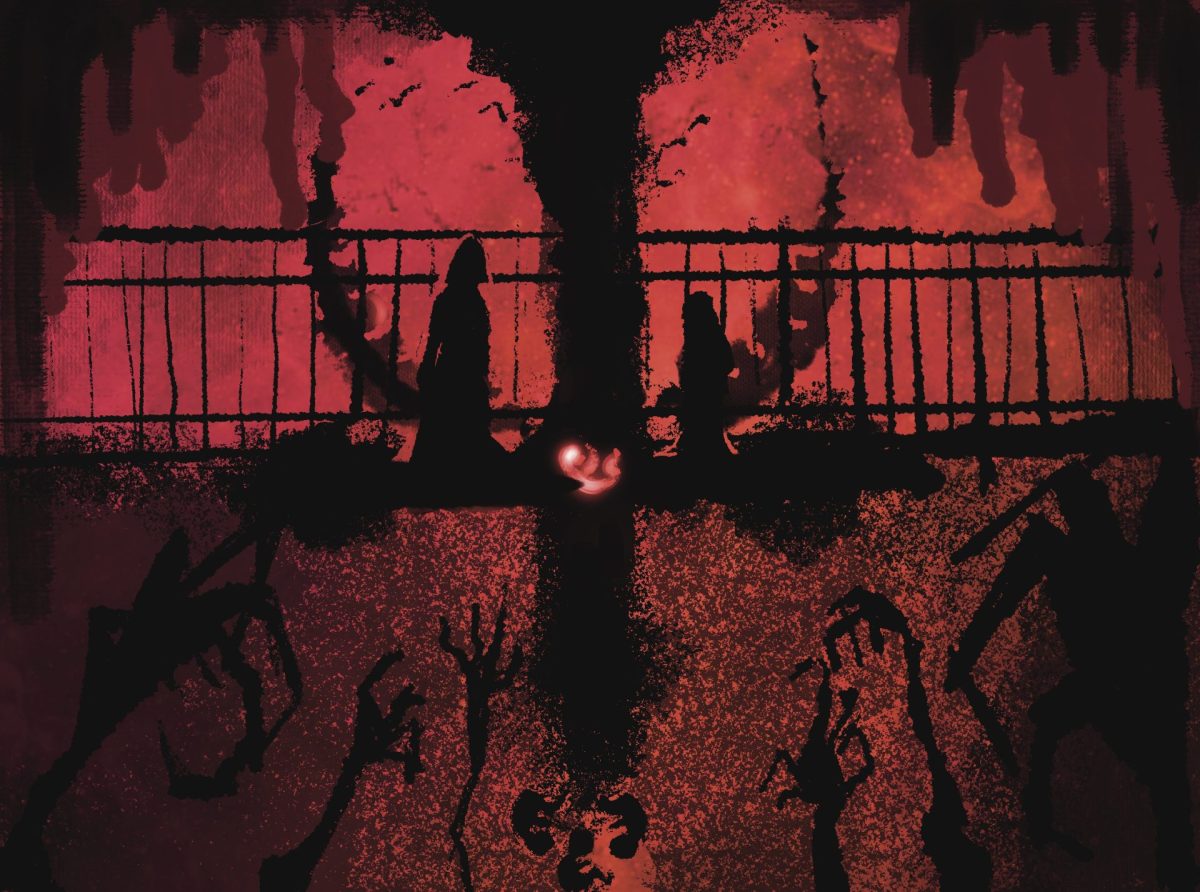Towering over Daley Plaza stands the Picasso.
At first glance, it is something absurd. A large metal piece dangling amid business attire and posing tourists, but for Chicagoans, Picasso’s gift is at the core of what it means to be an urban resident in the nations epicenter for architecture and modern art. It brings together, as it was envisioned in 1963, “the location for the most important public sculpture in America” and “the world’s greatest artist.”
From Feb. 20 till May 12, the “Picasso and Chicago” exhibit at The Art Institute of Chicago will highlight this fusion and more than 250 additional pieces of Pablo Picasso’s painting’s, sculptures, prints, drawings, and ceramics coming from nearly half of the museum’s own Picasso collection along with pieces from private collections and the Philadelphia Museum of Art.
“Picasso had a sense of Chicago as a very modern city–he knew of Chicago when he was asked to do the sculpture. I see ties between our city’s growth and vitality and Picasso’s ceaseless artistic innovation,” said Elizabeth McGoey, Research Associate for “Picasso and Chicago.”
More than 100 years ago the Art Institute of Chicago became the first art museum in the nation to present the work of a young Spanish Artist who revolutionized the world. Chicago then played and continues to play a critical role in the American awareness of Picasso.
From pieces like the “Red Armchair,” “Old Guitarist,” “Self Portrait with Palette” & “Three Musicians,” the exhibit explores nearly every aspect of Picasso’s longstanding career as an innovative, and ingenious artist for the 20th century; an artist that set the standard far beyond modernism in Europe and even into a city that he never set foot in himself.
Picasso and Chicago were first acquainted 100 years ago at the 1913 Armory Show, which introduced “European modernism to an American Audience,” a move that proved to be both controversial and successful. This helped establish Chicago as the center for modern art, as described at a lecture held by Adam Gopnik from The New Yorker at the institute titled, “Picasso Not in America.”
Gopnik recalled a story in which Picasso was shown a photo of his “Mother and Child” piece hanging at the institute. It was said that after seeing it he went into an adjacent room, pulled out an accompanying portrait and said, “Give it to Chicago, they’ll know what to do with it.”
The Art Institute hosts free entrances every Thursday from 5 p.m. The show runs through May 12 and will also feature lectures and performances in addition to its esteemed Picasso pieces.





![DePaul sophomore Greta Atilano helps a young Pretty Cool Ice Cream customer pick out an ice cream flavor on Friday, April 19, 2024. Its the perfect job for a college student,” Atilano said. “I started working here my freshman year. I always try to work for small businesses [and] putting back into the community. Of course, interacting with kids is a lot of fun too.](https://depauliaonline.com/wp-content/uploads/2024/04/ONLINE_1-IceCream-1200x800.jpg)

